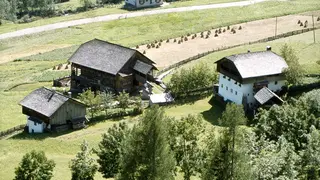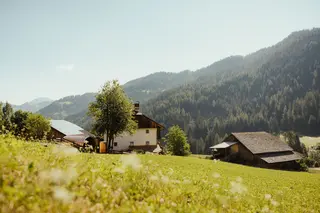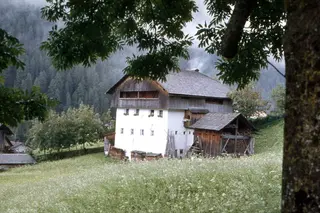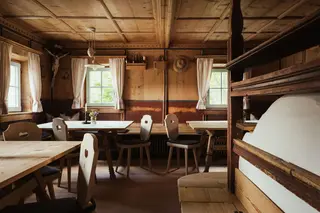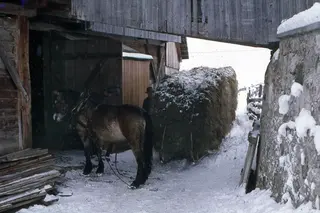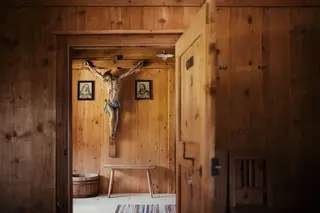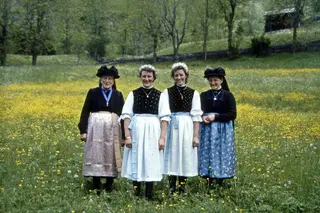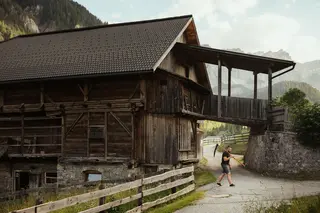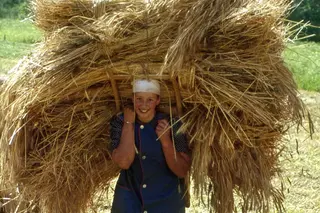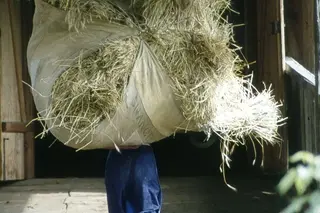Ostí Vedl, the old tavern. The Longiarù parish records dating between the 13th and 14th century are the first to mention in writing the presence of the farmstead as an inn.
An ancient inn
Ladin hospitality
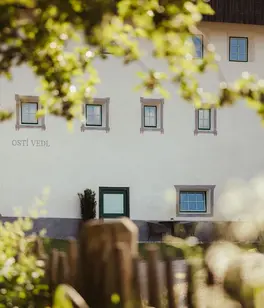
Ostí Vedl is as old as time itself – or thereabouts. The area around Sass dei Putia was hit by a storm in 1490 which caused a massive landslide, which swept away Longiarù church as it rushed towards the valley. The church was located close to the inn. Only the bell remained, while the inn kept on doing what it did: welcoming travellers, proving how Ladin hospitality, while basic, has been a centuries-old ritual.
Ancient walls always welcoming
A bastion of traditions
Ladin culture
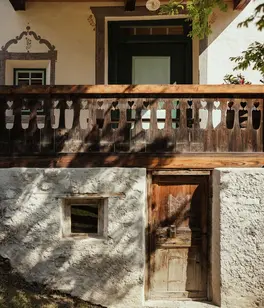
The farmstead is a wooden building consisting of a massive two-story barn with a hayloft. Resting on stone foundations, the barn’s ground floor leads to three floors. Ostí Vedl is one of the oldest farms in the area, a bastion of the local farming culture and, therefore, the embodiment of the Ladin culture of bygone days. Located on the edge of the village, it’s away from the main road and any loud sounds. Pure peace and relaxation.
Les Viles
Les Viles, a Ladin heritage
Les viles are rural Ladin building spread across Val Badia built between 1200 and 1700 m asl. They’re different from the other, typical, scattered South Tyrolean farms for their square, blocky shape and the organisation of the estates and territory. Longiarù’s viles are a heritage worth visiting and preserving.


